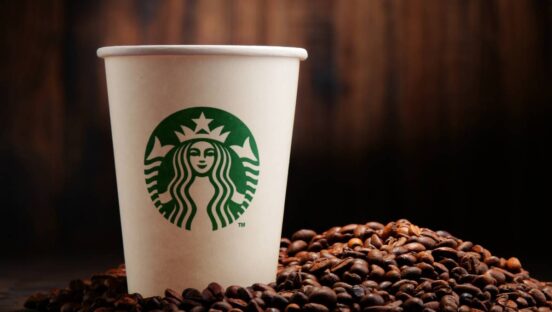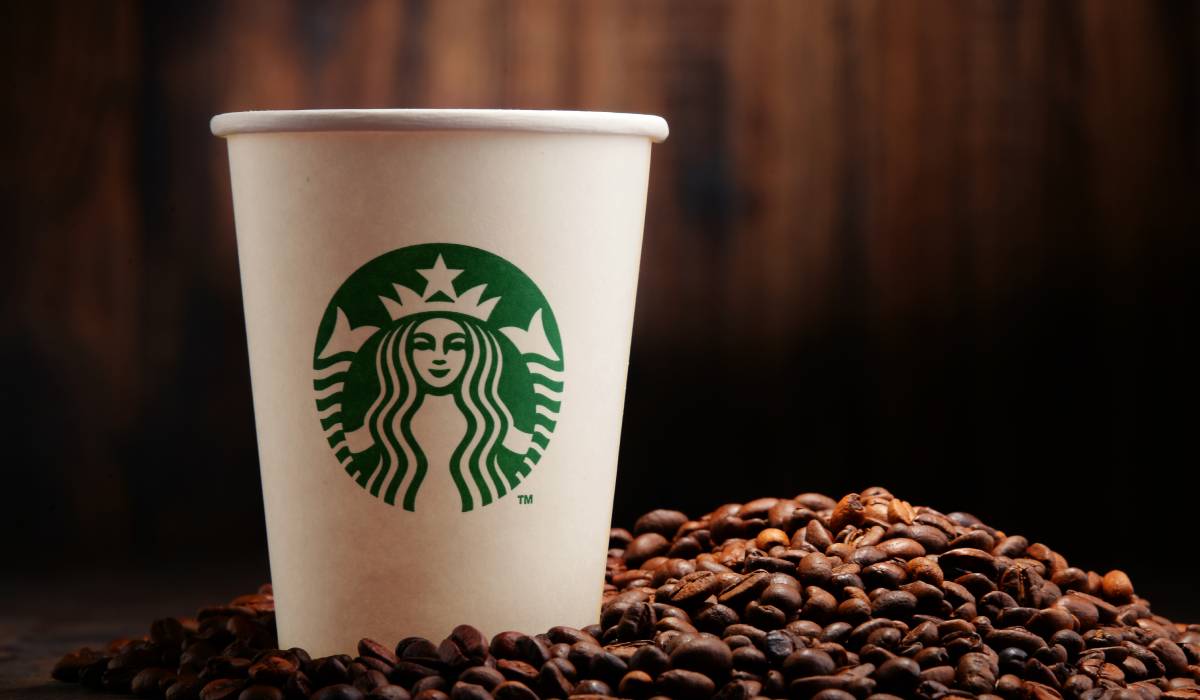Starbucks announced Monday that by 2030, it plans to open or dedicate 1,000 Community Stores, or specific concepts that “create environments for Starbucks partners to connect with, engage and represent the communities they serve.”
There are nearly 150 locations globally. According to Starbucks, Community Stores provide programming dedicated to local jobs, economic opportunity, and “the positive impact of Starbucks partners and The Third Place.” They also serve as incubators for the coffee giant’s nearly 9,000 units across the country. Dedications follow the store opening and are a celebratory moment for local leaders and community members to commemorate the store’s significance and resources.
In the U.S., these locations—immersed in rural and urban areas—are committed to providing spaces for community events, forging partnerships with diverse artists, contractors, and sub-contractors, and supporting military families.
As an example, in August 2018, Starbucks opened a Community Store in Birmingham, Alabama, by working with a minority-owned general contractor to build the store, commissioning a mural from Black artist Debra Riffe, and partnering with nonprofit The Dannon Project to launch a retail and life skills training program for youth. The unit also carries maps of the Civil Rights Trail in collaboration with the Alabama Tourism Department.
“Since our earliest days, we have worked to create a culture of warmth and belonging in our stores—a place where everyone is welcome,” Katie Young, senior vice president of global growth and development, said in a statement. “We know that the more we design for inclusion, to be welcoming and to strengthen our communities, the better our business will be and the better the Starbucks experience will be for our partners and customers. It inspires and motivates us to make our store and digital environments even more inclusive and accessible at every turn.”
To identify the best areas to place a Community Store, Starbucks will use the Social Science Research Council’s American Human Development Index, which essentially uses different indicators to determine human well-being. The insights will also be used to create custom programming centered around education, food and economic security, and health.
In addition to Community Stores, Starbucks will build more inclusive locations for individuals with disabilities, both digitally and physically. That includes speech-to-text technology that provides a visual display of speech for workers and customers to reference when placing or picking up and order readiness notifications shown through an order status board. The coffee chain operates 11 Signing Stores globally for the deaf and hard of hearing and offers menus in large-print and Braille in U.S. and Canada for the visually impaired.
“We applaud Starbucks commitment to designing more accessible in-store and digital experiences that create a true sense of belonging for everyone,” Jill Houghton, president and CEO, Disability:IN, said in a statement. “This inclusive design methodology helps level the playing field by recognizing disability is part of the human condition and is a natural part of anyone’s identity. We know that by designing a better experience for people with disabilities, you are also designing a better experience for all.”





